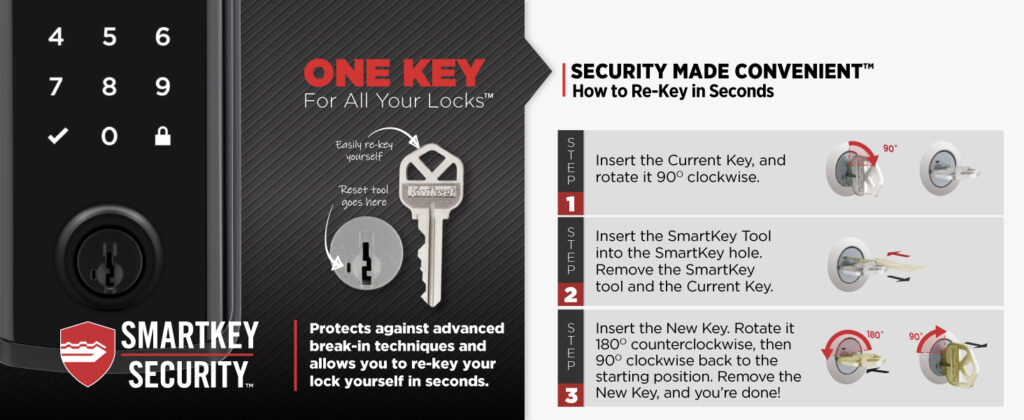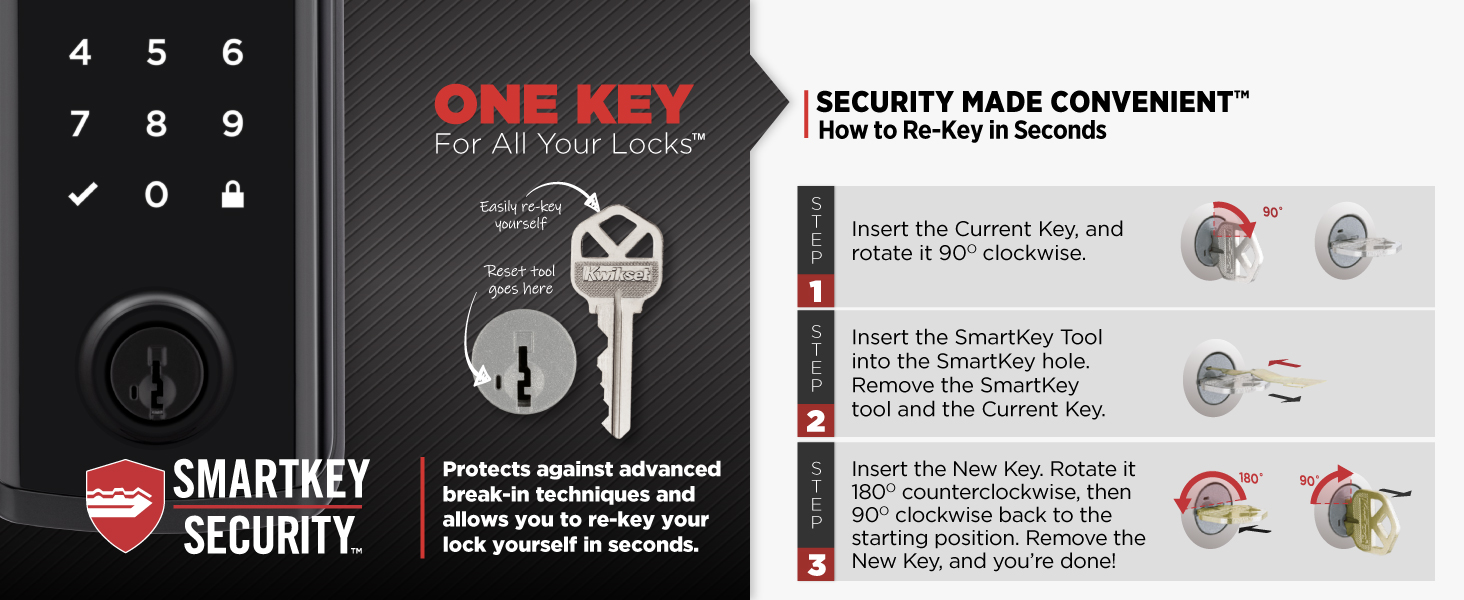
Enhancing Home Security with Door Lock Geofencing: A Comprehensive Guide
In today’s connected world, home security has evolved beyond traditional locks and alarms. One of the most innovative advancements is the integration of door lock geofencing technology. This feature combines the convenience of smart locks with the power of location-based services to provide an extra layer of security and automation for your home. This article delves into the intricacies of door lock geofencing, exploring its benefits, functionality, implementation, and considerations for potential users. We’ll examine how this technology is reshaping home security and providing homeowners with greater control and peace of mind.
Understanding Door Lock Geofencing
Door lock geofencing essentially creates a virtual boundary around your property. This boundary, or geofence, is defined using GPS or other location-based technologies within a smart lock system. When your smartphone (or another designated device) enters or exits this geofenced area, the smart lock can automatically perform pre-set actions. These actions typically include locking or unlocking the door, sending notifications, or triggering other smart home devices.
The core principle of door lock geofencing is to automate security tasks based on your location. Imagine leaving for work and, as you drive a certain distance from your home, the door lock automatically engages. Conversely, as you approach your home, the door lock disengages, allowing for keyless entry. This seamless integration of location awareness enhances both security and convenience.
How Geofencing Works with Smart Locks
The process involves several key components:
- Smart Lock: A Wi-Fi or Bluetooth-enabled door lock that can be controlled remotely and integrated with other smart home devices.
- Smartphone App: A mobile application that allows you to set up and manage the geofence, configure automation rules, and monitor the lock’s status.
- Location Services: GPS or other location-tracking technologies on your smartphone that determine your proximity to the geofence.
- Automation Rules: Pre-defined instructions that tell the smart lock what to do when your device enters or exits the geofence.
When you set up a door lock geofence, you typically define the radius of the virtual boundary around your home. This radius can range from a few feet to several hundred feet, depending on your preference and the capabilities of the smart lock system. You then configure the automation rules to specify what should happen when your device crosses this boundary. For example, you might set the lock to automatically engage when you leave the geofence and disengage when you return.
Benefits of Using Door Lock Geofencing
The advantages of incorporating door lock geofencing into your home security system are numerous:
- Enhanced Security: Automatically locking the door when you leave ensures that your home is always secured, even if you forget to manually lock it. This reduces the risk of unauthorized entry and provides peace of mind.
- Increased Convenience: Keyless entry becomes seamless with door lock geofencing. No more fumbling for keys or remembering access codes. The door unlocks automatically as you approach, making it ideal for carrying groceries or managing children.
- Improved Automation: Geofencing can be integrated with other smart home devices to create a fully automated environment. For example, you can set the lights to turn on and the thermostat to adjust when you enter the geofence.
- Remote Monitoring: Most smart lock systems provide remote monitoring capabilities, allowing you to check the lock’s status and receive notifications when it is engaged or disengaged. This gives you greater control over your home security, even when you’re away.
- Guest Access Management: You can easily grant temporary access to guests, family members, or service providers by creating temporary geofences or sharing access codes. This eliminates the need to physically hand over keys and provides greater control over who can enter your home.
Implementing Door Lock Geofencing
Setting up door lock geofencing is typically a straightforward process, but it requires careful planning and configuration. Here’s a step-by-step guide:
- Choose a Compatible Smart Lock: Not all smart locks support geofencing. Research and select a smart lock system that specifically offers this feature and is compatible with your smartphone and other smart home devices.
- Install the Smart Lock: Follow the manufacturer’s instructions to install the smart lock on your door. Ensure that the lock is properly aligned and functioning correctly before proceeding.
- Download the Mobile App: Download the smart lock’s mobile app on your smartphone and create an account.
- Connect the Lock to Your Wi-Fi Network: Connect the smart lock to your home’s Wi-Fi network to enable remote access and control.
- Enable Location Services: Grant the mobile app permission to access your smartphone’s location services. This is essential for geofencing to work correctly.
- Set Up the Geofence: Use the app to define the geofence around your property. Adjust the radius of the boundary to your desired size. Consider factors such as the size of your yard and the proximity of neighboring properties.
- Configure Automation Rules: Set up the automation rules that will trigger when your device enters or exits the geofence. For example, you might set the lock to automatically engage when you leave the geofence and disengage when you return.
- Test the System: Thoroughly test the door lock geofence system to ensure that it is working correctly. Walk in and out of the geofence to verify that the lock engages and disengages as expected.
Considerations and Potential Issues
While door lock geofencing offers numerous benefits, it’s important to be aware of potential issues and considerations:
- Battery Life: Continuously using location services can drain your smartphone’s battery. Consider optimizing your phone’s battery settings to minimize power consumption.
- Accuracy: The accuracy of location services can vary depending on factors such as GPS signal strength and network connectivity. This can sometimes lead to the lock engaging or disengaging prematurely or not at all.
- False Positives/Negatives: In some cases, the system may incorrectly detect that you have entered or exited the geofence, leading to false positives or negatives. This can be caused by GPS inaccuracies or network latency.
- Privacy Concerns: Sharing your location data with a smart lock provider raises privacy concerns. Be sure to review the provider’s privacy policy and understand how your data is being used.
- Security Vulnerabilities: Like any connected device, smart locks are vulnerable to hacking and security breaches. Choose a reputable brand with robust security features and keep your software up to date.
Choosing the Right Door Lock Geofencing System
Selecting the right door lock geofence system requires careful consideration of your specific needs and preferences. Here are some factors to consider:
- Compatibility: Ensure that the smart lock is compatible with your smartphone, operating system, and other smart home devices.
- Features: Consider the features that are most important to you, such as remote monitoring, guest access management, and integration with other smart home platforms.
- Security: Look for a smart lock with robust security features, such as encryption, two-factor authentication, and tamper detection.
- Reliability: Read reviews and research the reliability of the smart lock and its geofencing capabilities.
- Price: Compare prices from different brands and models to find a system that fits your budget.
The Future of Door Lock Geofencing
Door lock geofencing is poised to become an increasingly integral part of home security systems. As technology advances, we can expect to see improvements in accuracy, battery life, and integration with other smart home devices. Future developments may include:
- Improved Accuracy: The use of more advanced location technologies, such as ultra-wideband (UWB), could significantly improve the accuracy of geofencing, reducing the risk of false positives and negatives.
- Enhanced Battery Life: Optimizations in software and hardware could extend the battery life of smartphones and smart locks, making geofencing more practical for everyday use.
- AI-Powered Automation: Artificial intelligence (AI) could be used to learn your habits and preferences, allowing for more personalized and adaptive automation rules.
- Seamless Integration: Geofencing could be seamlessly integrated with other smart home platforms, such as smart lighting, thermostats, and security cameras, to create a fully automated and intelligent home environment.
In conclusion, door lock geofencing represents a significant advancement in home security technology. By automating security tasks based on your location, it provides enhanced security, increased convenience, and improved automation. While there are potential issues and considerations to be aware of, the benefits of door lock geofencing far outweigh the risks for many homeowners. As technology continues to evolve, we can expect to see even more innovative and sophisticated applications of geofencing in the future. This technology is transforming how we think about home security and is paving the way for a more secure and convenient future.
[See also: Smart Home Security Systems: A Comprehensive Comparison]
[See also: Keyless Entry Systems: Benefits and Drawbacks]
[See also: Securing Your Smart Home: Best Practices and Tips]

